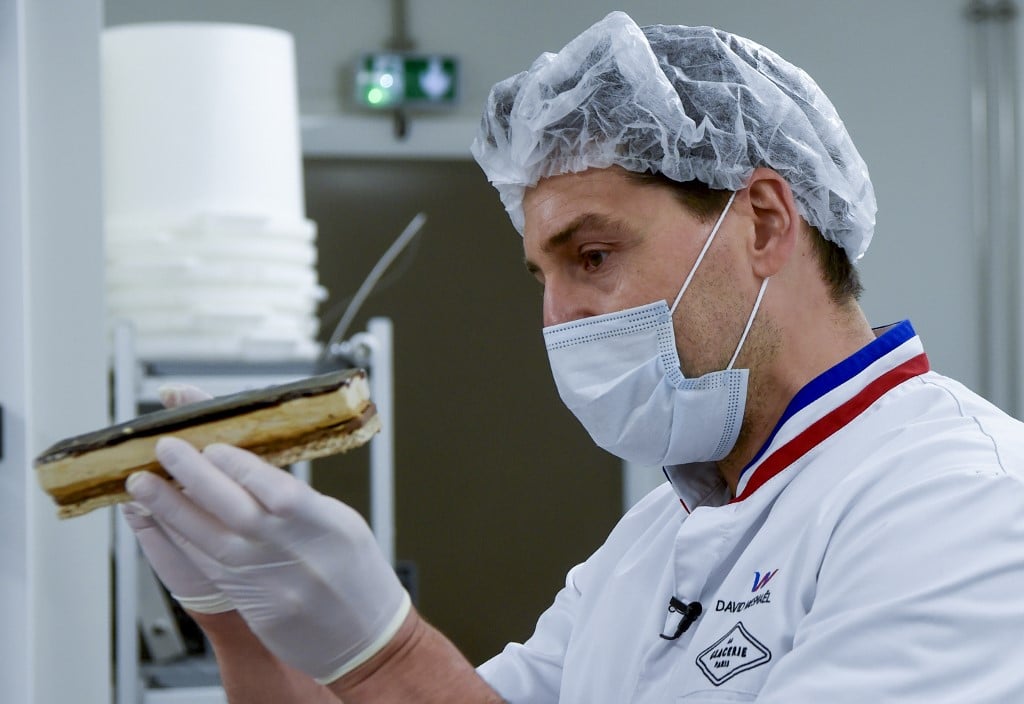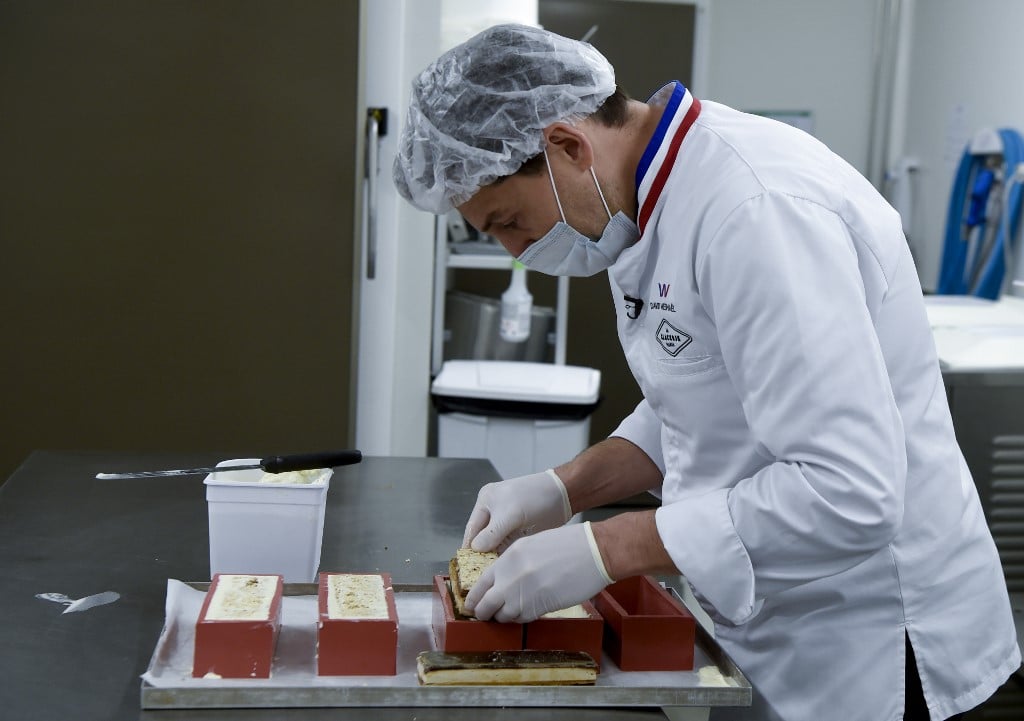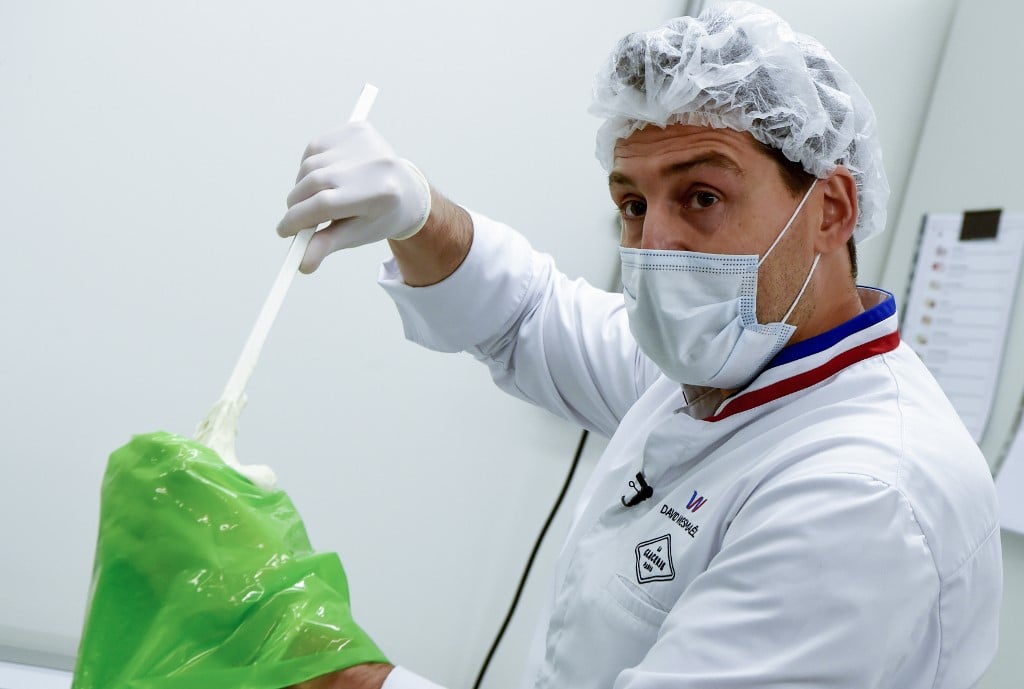The restless innovator is taking a blowtorch to the “archaic” conventions which he claims has left ice cream frozen in the past.
His creations often skate over the thin line between ice cream and the more sophisticated domain of French patisserie.
Biting through the thin chocolate shell of one of his ice cream bars, flavours and textures explode – from crunchy praline to runny caramel and vanilla spiked with lemon confit.

“There are so many things you can do with ice cream – more perhaps in terms of texture and taste than even with patisserie,” he told AFP in the chill of his laboratory in the northern French city of Lille.
“There is infinite potential, and so many possibilities which have yet to be explored in ice cream making,” said the former star pastry chef, who has gained the coveted title of un des meilleurs ouvriers de France (one of the best craftsmen in France).
From his spherical “vacherins” of filled meringue to ice cream bonbons, bars and “tubes” which can be cut into slices, Wesmael is determined to give the summer treat a place at the top table of haute cuisine.
“I am trying to do something different and show the public that ice cream is not something that just comes in a pot or a cornet,” he said.

It's a chilly 11C in his lab, but his artisan “glaciers” are not feeling the cold in their white coats.
Every second out of the freezer counts when you are piping a chilled hazelnut and almond praline onto shortbread in a bar mould.
The same speed and precision is needed for the next step of floating the caramel and candied lemon in vanilla ice cream, so that the middle melts as soon as you bite through the crisp coating.
Wesmael also loves making the standard ice creams that he himself calls “archaic”.
But even with traditional ice creams and sorbets he adds his own touch, decorating every tub by hand and coming up with new flavours every week for his shops in Paris and Lille – from strawberry and red pepper to Spritz and even vanilla, celery and lemon.
When it comes to miraculously transforming raw materials, “nothing beats ice cream and sorbet”, Wesmael argued.
It was this alchemy and the untapped potential of ice cream that tempted him away from pure patisserie, which has undergone a huge renaissance in France in recent years.

Even his standard vanilla ice cream is the product of deep research, mixing pods from Madagascar and New Caledonia to get a “stronger and longer-lasting flavour”.
For his competition entry in 2004 to join the tiny elite of French artisans officially proclaimed the country's best, the young Wesmael created a frozen sculpture of “an angel pregnant with the world” that represented the Italian Renaissance.
Around it were frozen desserts based around basil, lemon, balsamic vinegar and Sicilian pistachios.
As it happens, pistachio is the bestselling ice cream in both his shops.
But he is most proud of his “tubes”, which are easy to cut and can survive out of the freezer for two hours thanks to the cylinder they come in.
“You can slice them into rounds, put different flavours together or add different elements from the garden like a coulis of fresh mint or strawberries in season, he said.
You can check out his creations at his Le Glacier shops in Rue du Temple in Paris' 4th arrondissement or Rue Paul Langevin in Lille.



 Please whitelist us to continue reading.
Please whitelist us to continue reading.
What is the name of his shop?